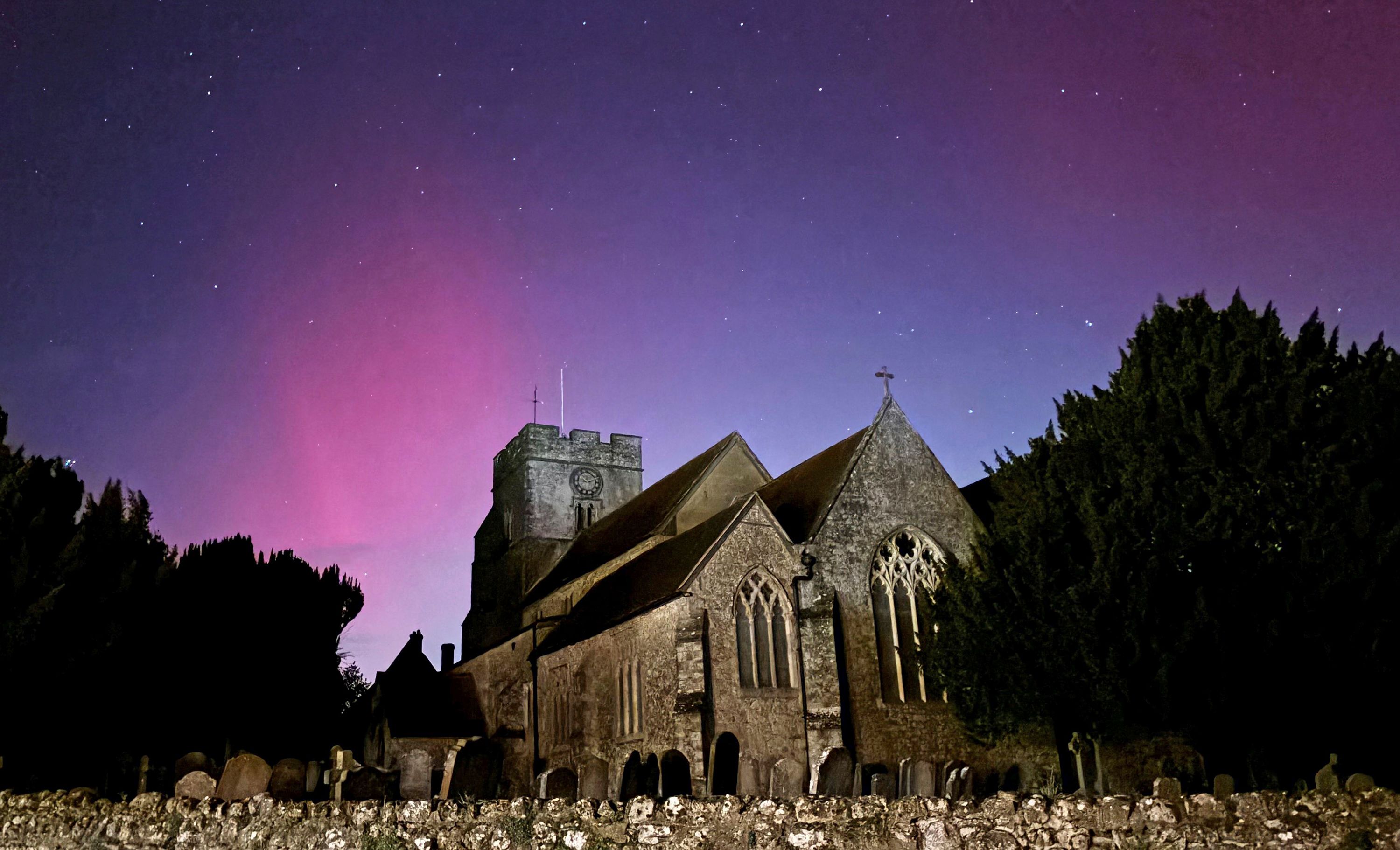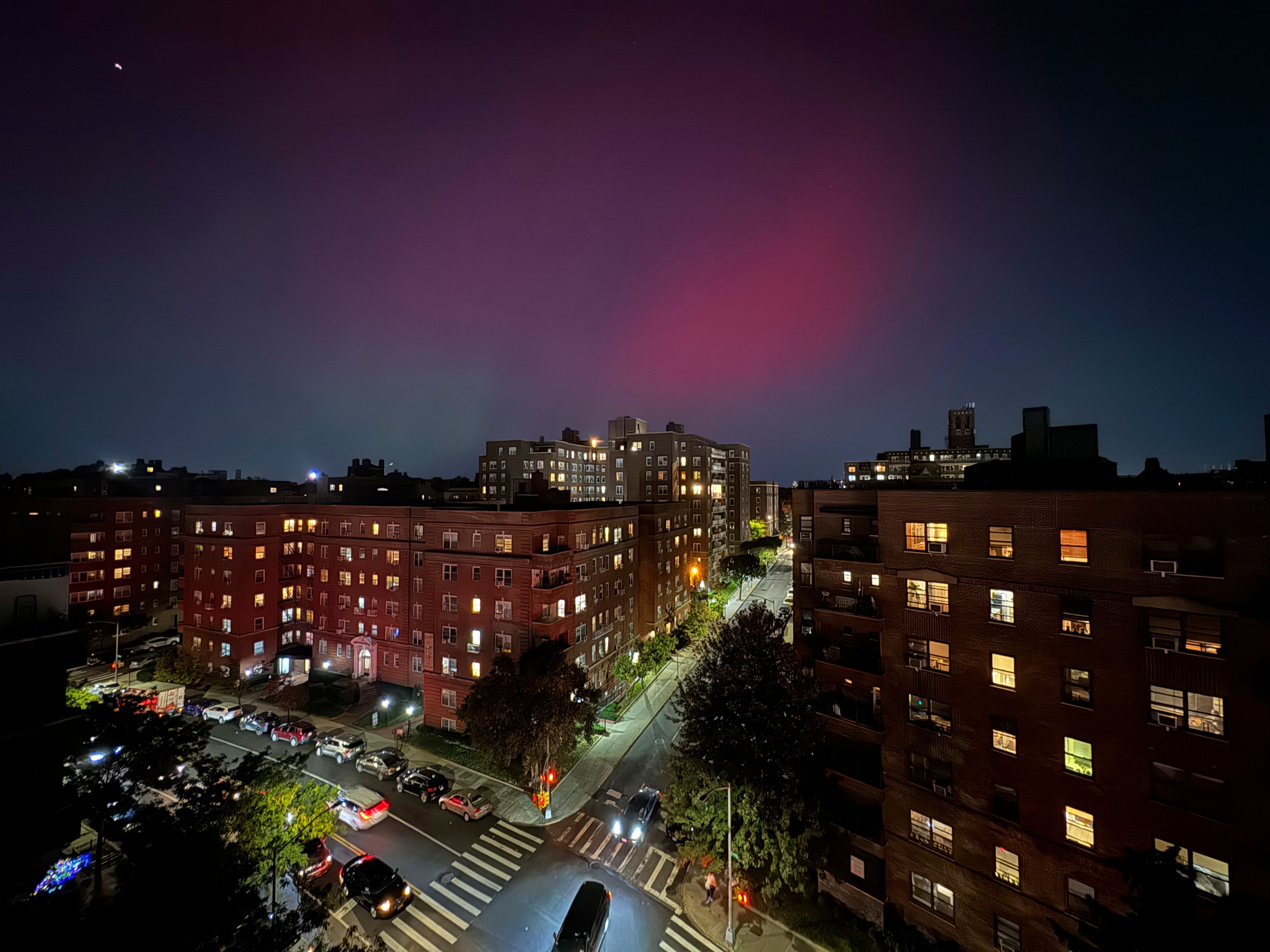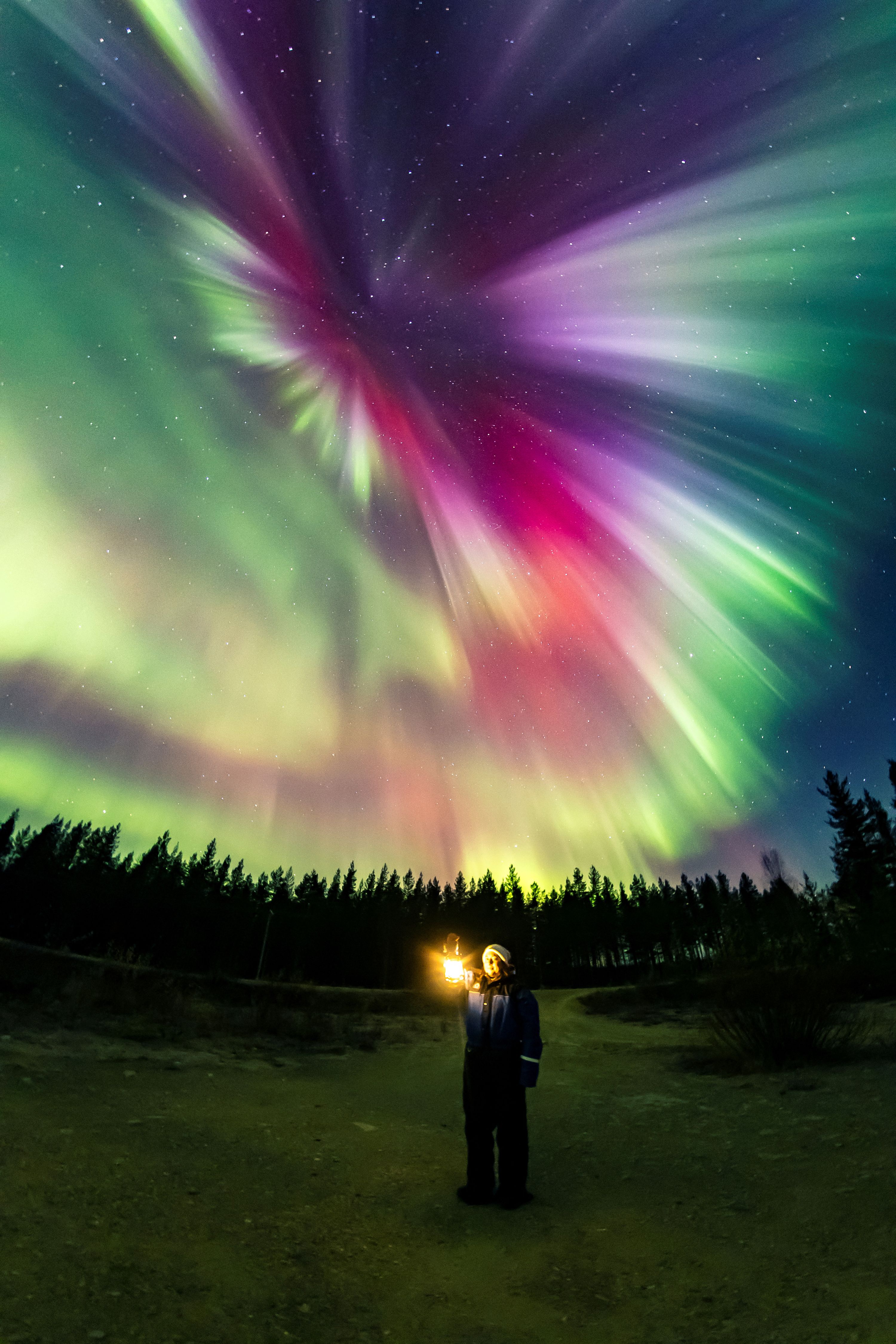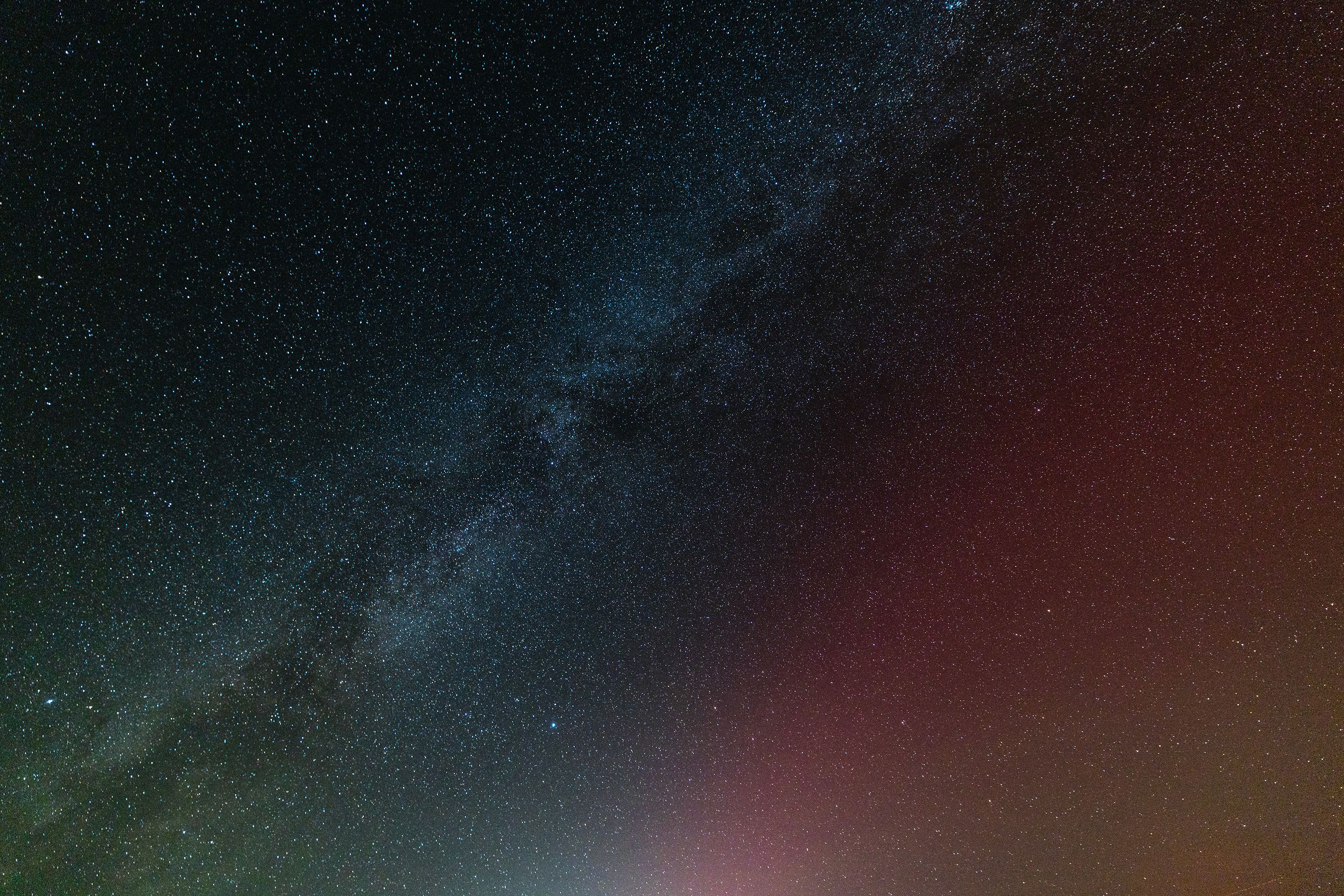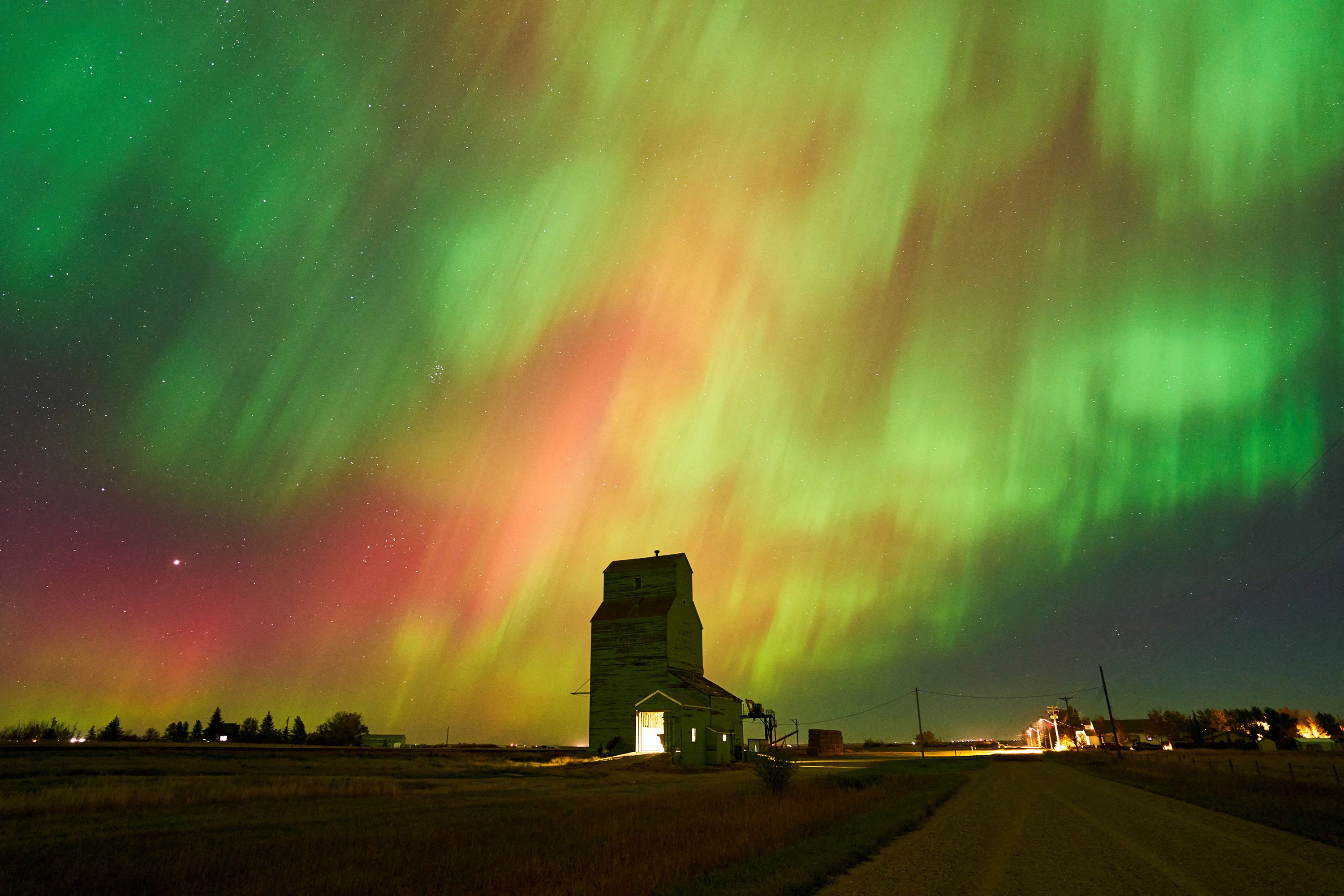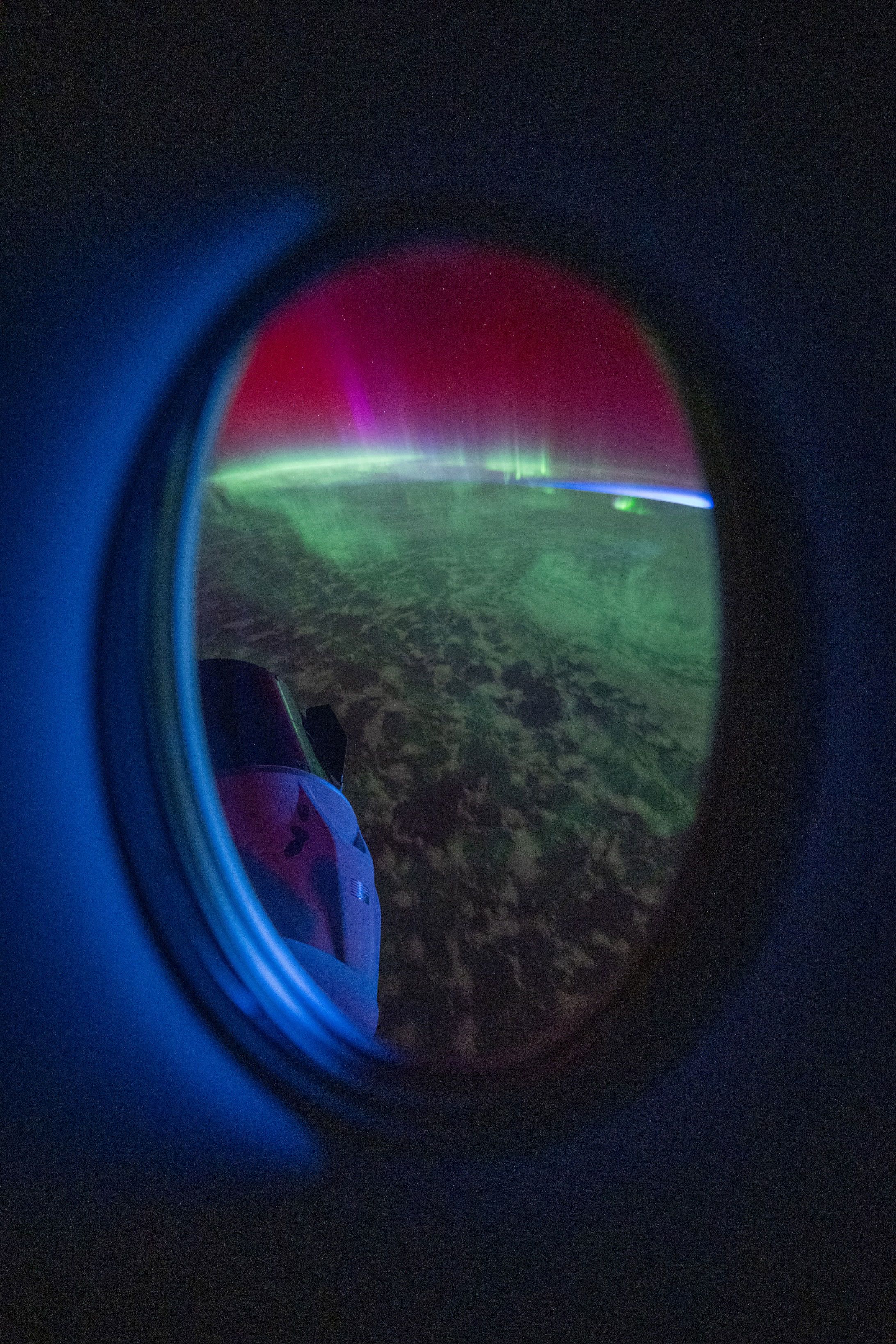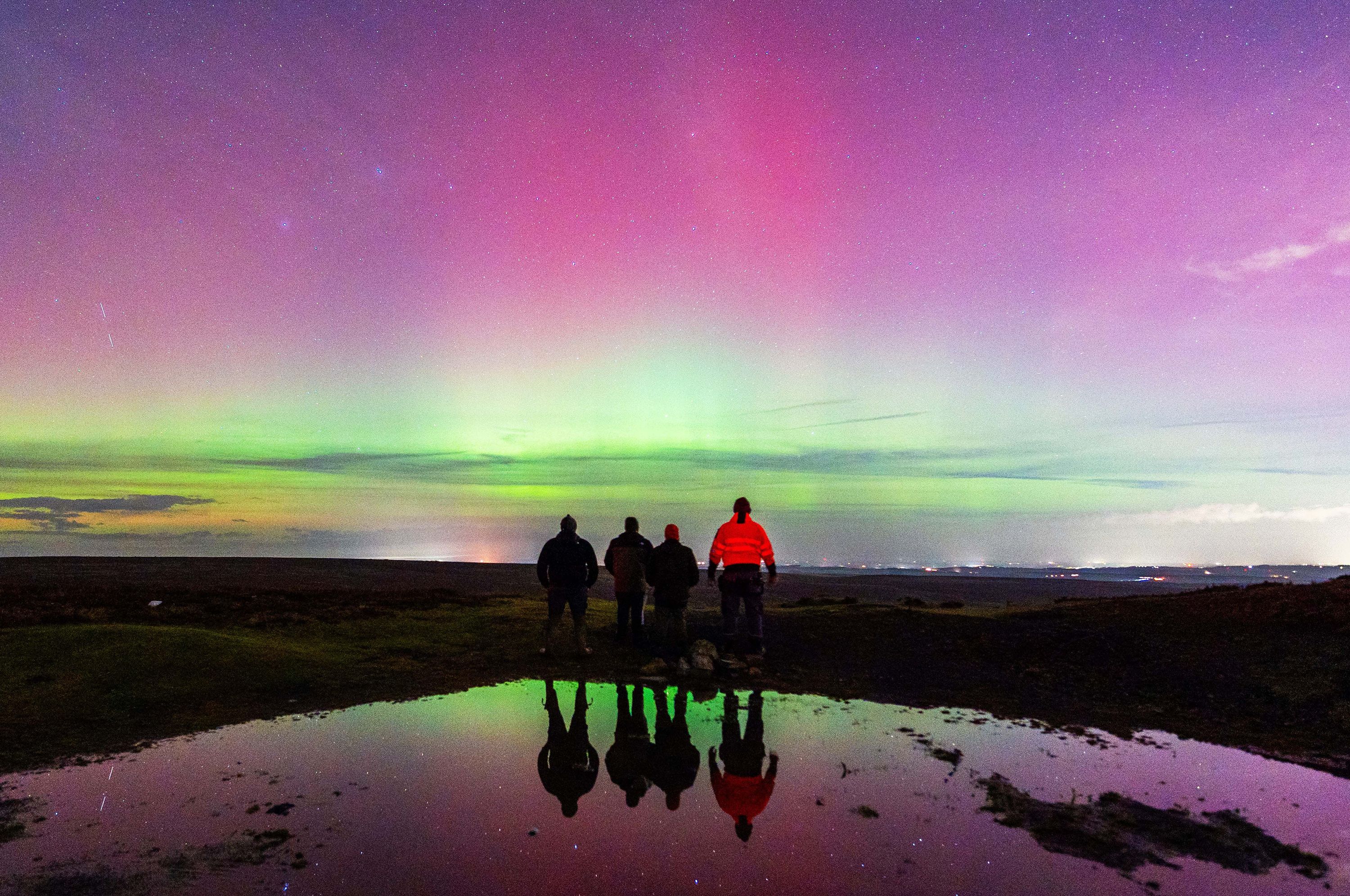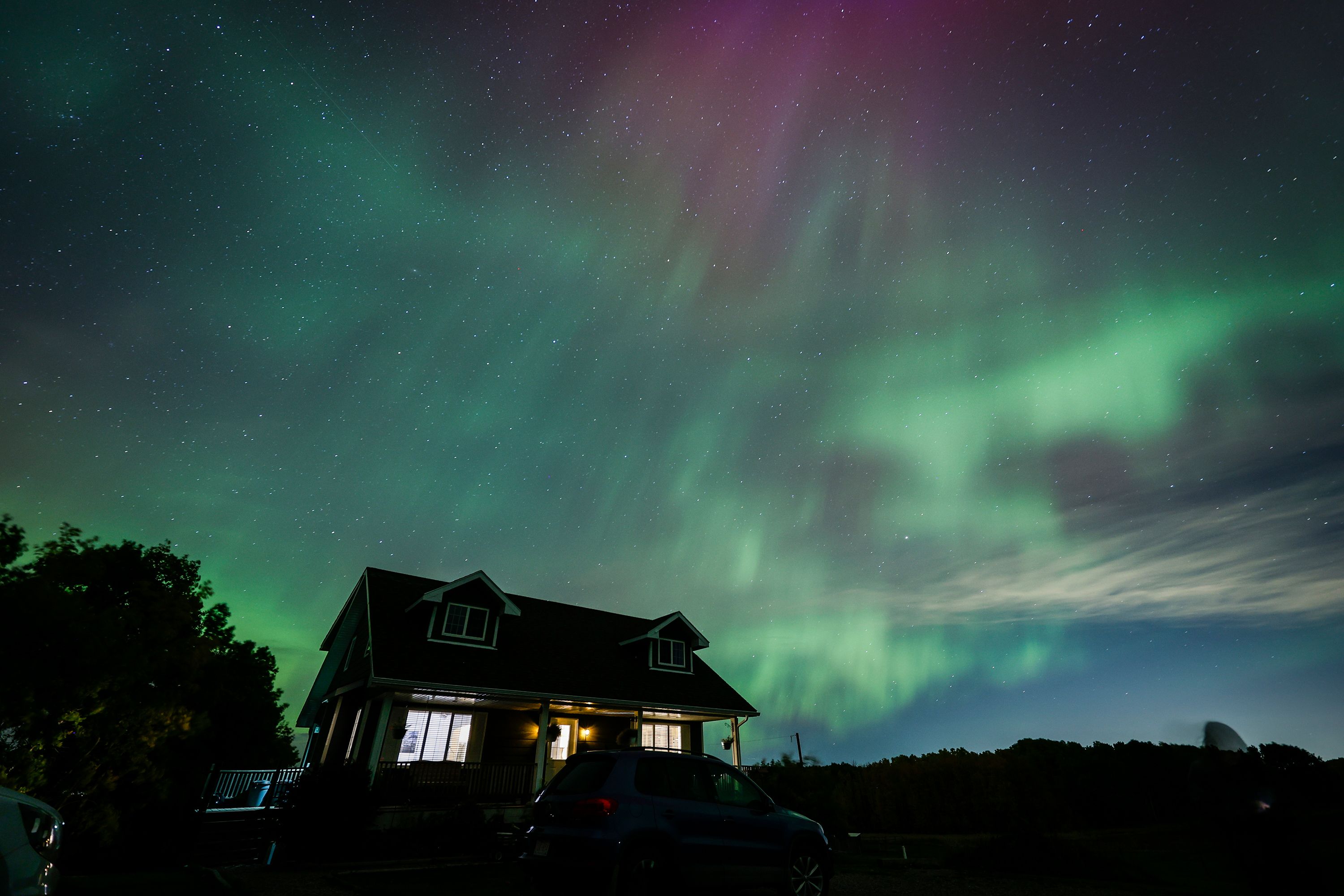Auroras and Solar Activity
Solar flares and coronal mass ejections released from the sun are causing colorful auroras to be visible farther south than they typically occur. This solar storm is not expected to match the intensity of the event that happened in May, however, it may still interfere with communications, the power grid, and satellite operations, according to the National Weather Service’s Space Weather Prediction Center.
The Science Behind Auroras
Increased solar activity generates auroras that dance around Earth’s poles, known as the northern lights or aurora borealis, and southern lights or aurora australis. When energized particles from coronal mass ejections reach Earth’s magnetic field, they interact with gases in the atmosphere, creating a mesmerizing display of colored lights in the night sky.
Viewing the Unseen
Interestingly, even if auroras do not appear visible to the naked eye, photos of the night sky may reveal colors that are otherwise undetectable without specialized equipment.
